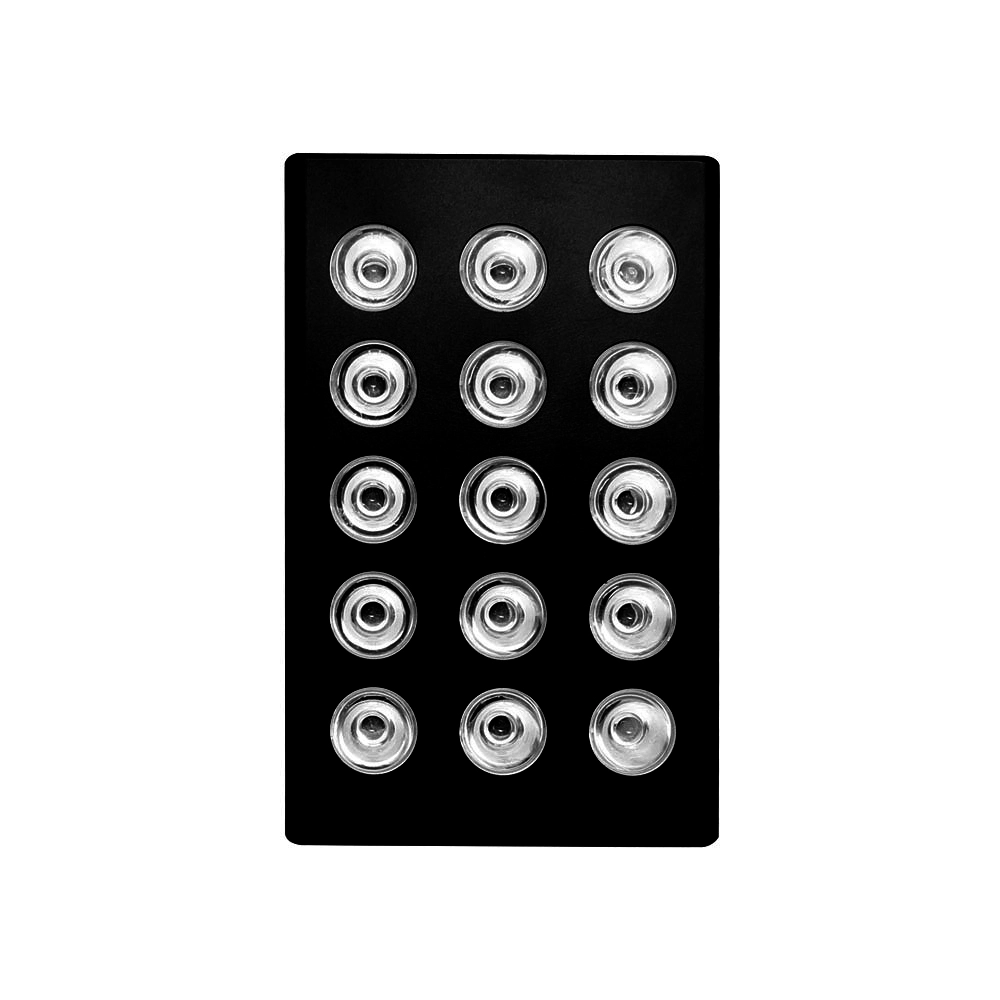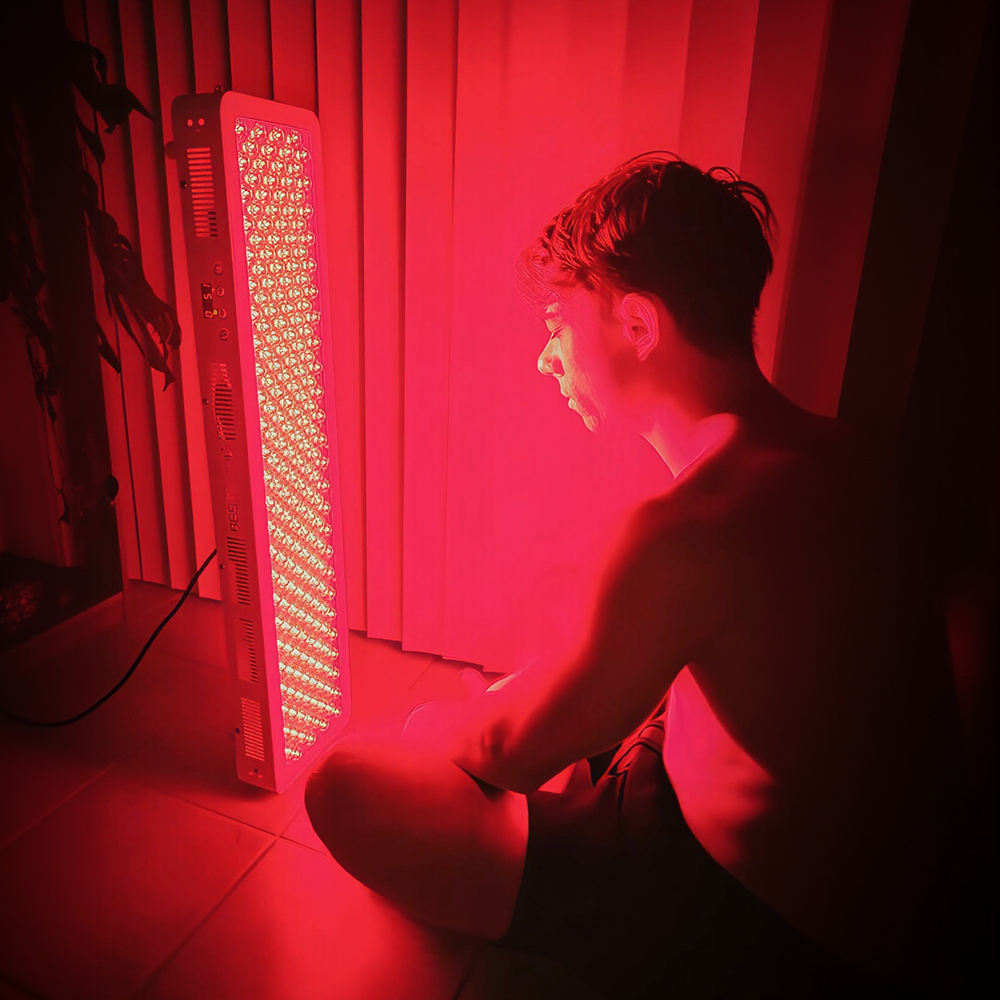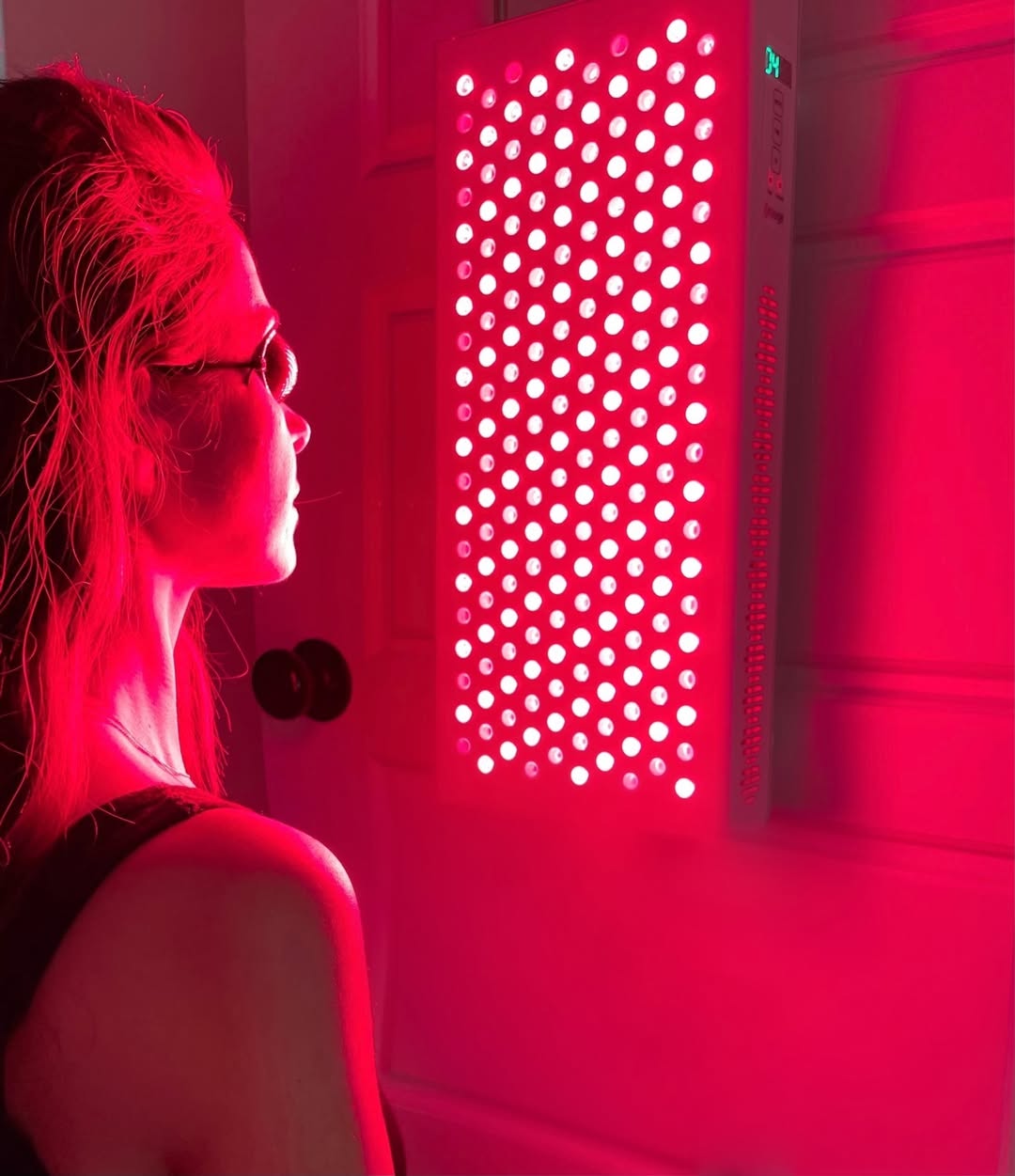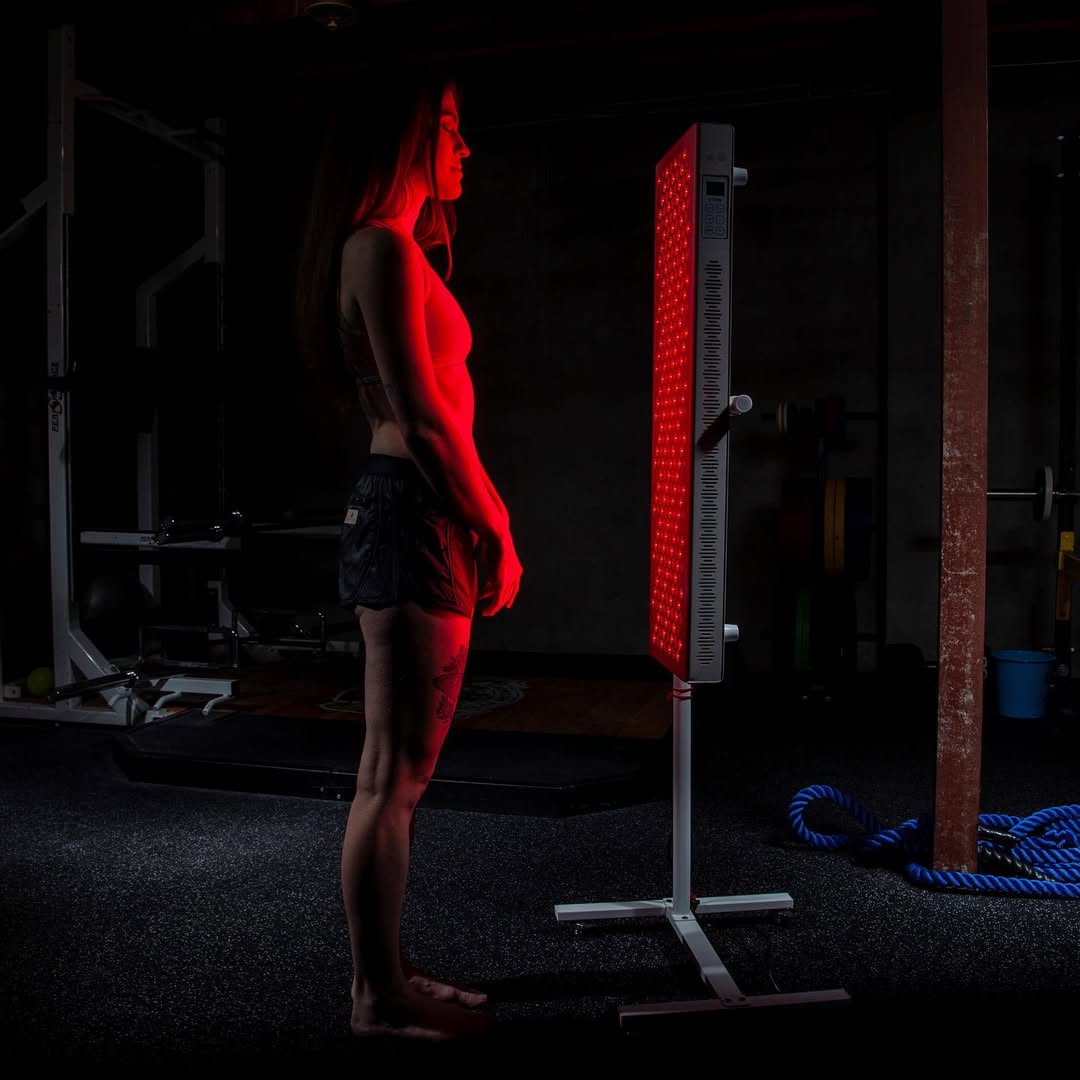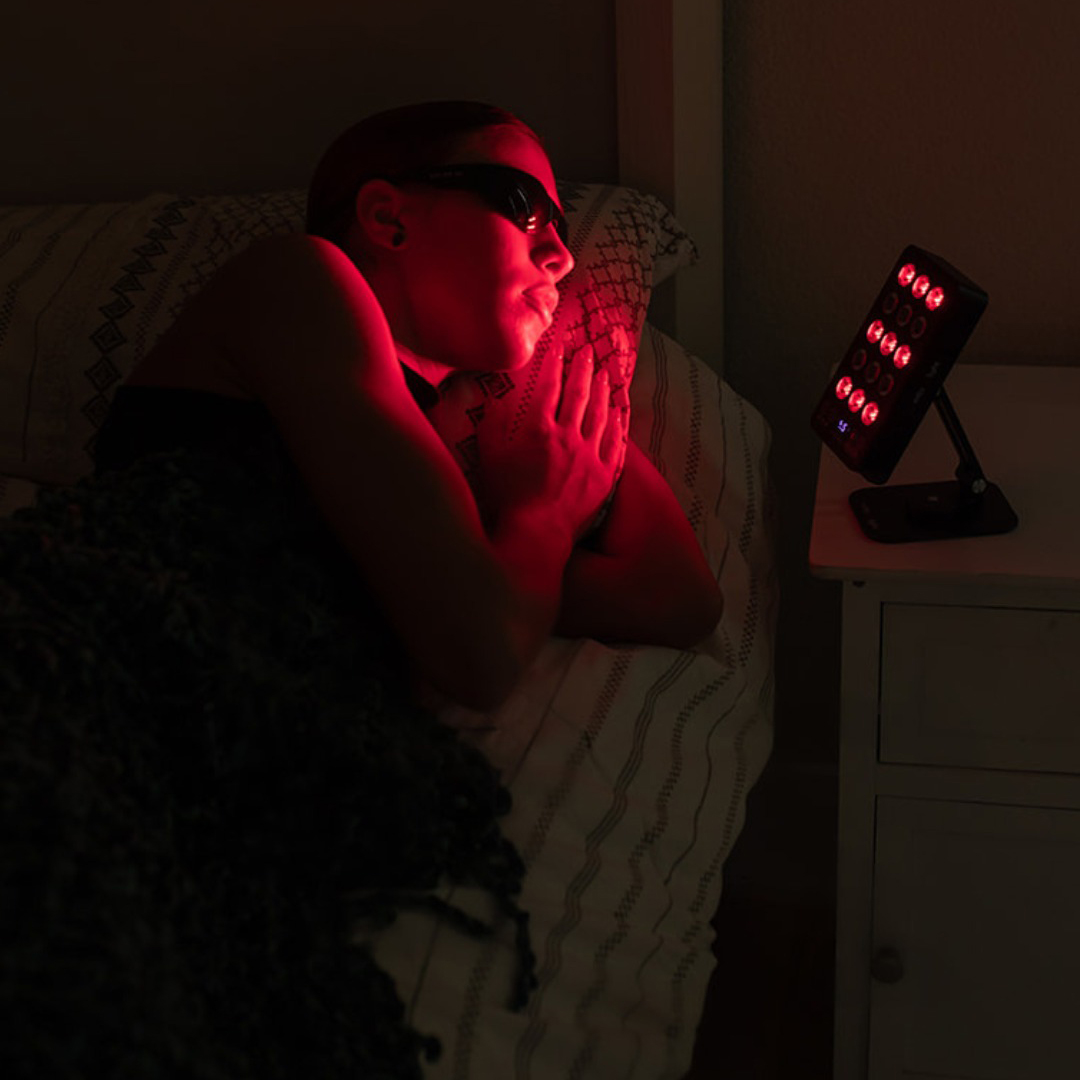![]() Free Shipping
Free Shipping ![]() Buy Now, Pay Later
Buy Now, Pay Later ![]() Eligible
Eligible
Red, Blue, Green Light Therapy at Home: Why It Matters for Your Skin and Wellbeing
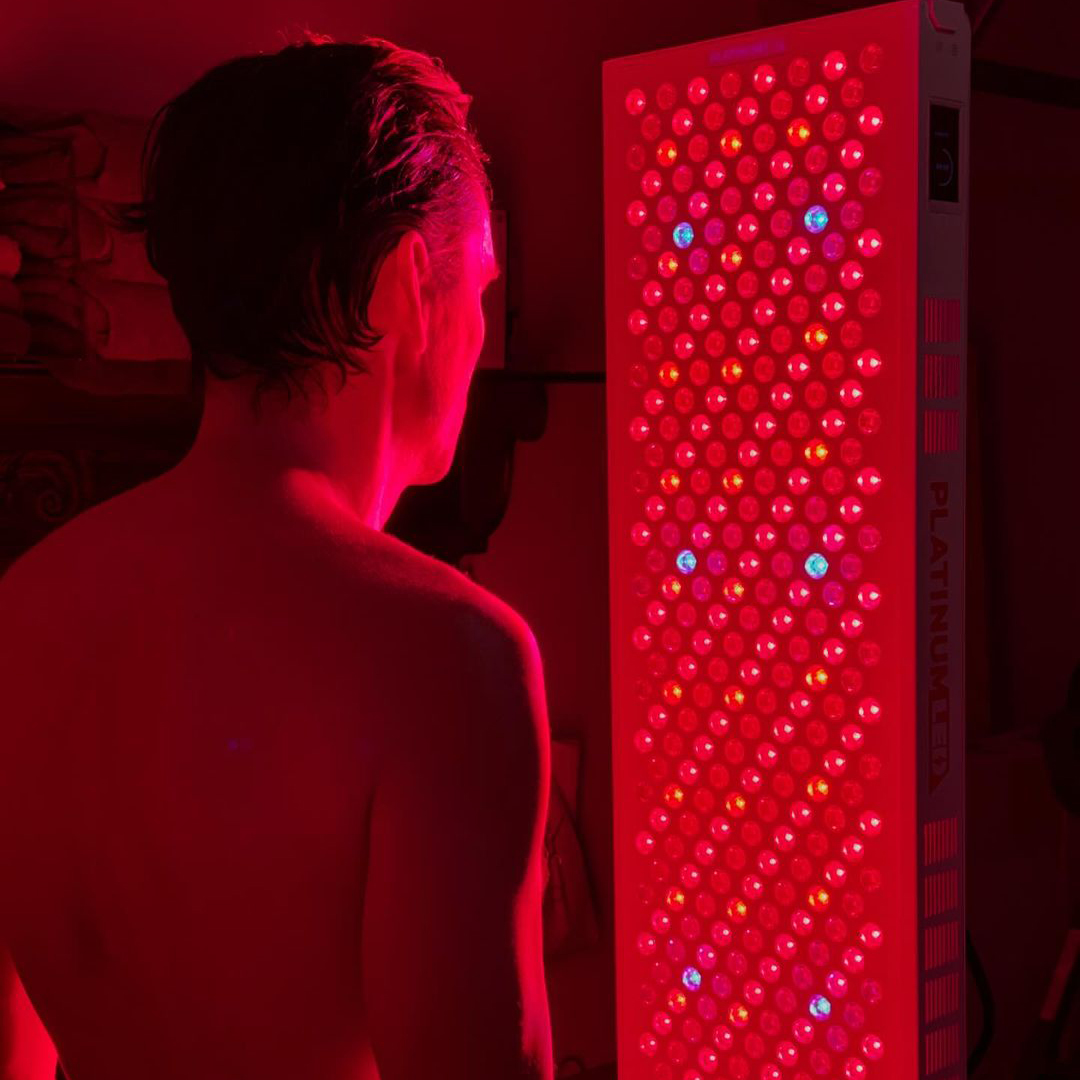
Once confined to dermatologist clinics and high-end spas, the power of light is now available at your fingertips. Red, blue, and green light therapy has exploded in popularity, with a growing market of effective and affordable at-home devices. But what exactly is this therapy, and why does it matter for your daily routine?
“At-home light therapy devices have democratized a powerful technology,” says Dr. Anya Petrova, a cosmetic dermatologist. “While they are not as potent as in-office treatments, their consistent, daily use can yield significant and measurable results for skin health and overall wellness.”
This article will illuminate the science behind each color, compare their benefits, and explain why incorporating this technology into your home is a transformative step for your health.
What is LED Light Therapy and How Does It Work?
LED (Light Emitting Diode) Light Therapy is a non-invasive treatment that uses specific wavelengths of light to penetrate the skin at different depths. Unlike UV light, which damages skin, these visible light spectra are safe and work by stimulating cellular processes.
The core mechanism is photobiomodulation. Think of your skin cells’ mitochondria (their energy powerhouses) as tiny batteries. Specific light wavelengths “recharge” these batteries, leading to:
- Increased ATP (adenosine triphosphate) production, the energy currency of the cell.
- Enhanced cellular repair and regeneration.
- Reduced inflammation and oxidative stress.
The color of the light determines its wavelength and, therefore, its primary effect on the skin.
Decoding the Spectrum: Red, Blue, and Green Light Benefits
Each color in the light therapy spectrum targets specific concerns. Understanding their unique functions is key to choosing the right treatment.
Red Light Therapy (630-700nm): The Anti-Aging & Repair Powerhouse
Primary Benefits: Collagen production, wrinkle reduction, skin repair, anti-inflammation.
Red light penetrates the deepest into the skin, directly targeting fibroblasts, the cells responsible for producing collagen and elastin. This makes it the go-to choice for anti-aging and overall skin rejuvenation.
Why it matters at home: Consistent use can help smooth fine lines, improve skin tone and texture, and accelerate healing.
HBlue Light Therapy (400-470nm): The Acne-Fighting Warrior
Primary Benefits: Kills acne-causing bacteria, reduces inflammation, helps control oil production.
Blue light works by targeting and eliminating Propionibacterium acnes (P. acnes), the bacteria that contributes to inflammatory acne. It has an antibacterial and sebostatic effect, making it ideal for those struggling with breakouts.
Why it matters at home: It offers a non-drying, non-irritating way to manage acne as part of a daily skincare routine, reducing the reliance on harsh topical treatments.
Green Light Therapy (495-570nm): The Pigmentation & Calming Soother
Primary Benefits: Reduces hyperpigmentation, calms redness, helps even out skin tone.
Green light is believed to influence melanocytes, the cells that produce melanin (pigment). It can help calm overactive melanin production, leading to a more even complexion. It also has mild calming properties, making it suitable for sensitive or rosacea-prone skin.
Why it matters at home: It’s a gentle tool for addressing sun spots, age spots, and general redness for a brighter, more balanced complexion.
VELLGUS Elite V2
THE #1 RATED RED LIGHT DEVICE
At-Home vs. In-Office Treatments: A Practical Comparison
While clinical-grade devices are more powerful, at-home devices offer unparalleled convenience and accessibility, making consistent treatment possible.
| Feature | At-Home Devices | In-Office Treatments |
|---|---|---|
| Power & Intensity | Lower; designed for safety and consumer use. | Higher; clinical strength for maximum impact. |
| Frequency | Daily or several times per week. | Periodic (e.g., once a month). |
| Cost | One-time purchase ($50 – $500+). | Per-session fee ($100 – $500+ per session). |
| Convenience | High; use at your own time and pace. | Low; requires appointments and travel. |
| Results | Gradual, cumulative improvement over weeks/months. | Often more immediate and dramatic. |
The Verdict: At-home devices are not a replacement for professional treatments but are an excellent tool for maintenance and cumulative improvement. The “why it matters” is in the consistency; daily low-level treatment can be more effective in the long run than occasional high-power sessions.
Why At-Home Light Therapy is a Game-Changer
The shift to at-home care is more than a trend; it’s a fundamental change in how we approach skincare and wellness.
- Empowerment and Consistency: You are in control of your treatment. The convenience of a home device removes barriers, making it easier to stick to a routine that delivers real results.
- Cost-Effectiveness: A single investment in a quality device can save thousands of dollars compared to a series of in-office treatments.
- Holistic Wellness Integration: Beyond skin, many users report benefits like improved mood (with certain wavelengths), reduced muscle tension, and a calming, meditative ritual.
- Preventative Care: Regular use can be a powerful preventative measure, boosting skin health before significant signs of aging or damage appear.
How to Choose and Use an At-Home LED Device
Ready to bring light therapy home? Here’s what to look for:
- Wavelengths: Ensure the device specifies the wavelengths it emits (e.g., 633nm for red, 415nm for blue). This confirms it’s using the correct, clinically-proven spectra.
- LED Count and Density: More LEDs and higher density can lead to more effective treatment coverage.
- FDA-Cleared vs. FDA-Approved: Many quality devices are “FDA-Cleared,” meaning they are recognized as safe and effective for public use.
- Multi-Wavelength Options: Many modern masks and panels offer a combination of red, blue, and green lights, allowing you to tailor your treatment.
Pro-Tip for Use:
“For best results with at-home devices, consistency is key. Start with a daily 10-15 minute session on clean, dry skin. Patience is crucial; while some see a glow immediately, structural changes like collagen building take 8-12 weeks to become visible.” – Dr. Anya Petrova.
Conclusion: Illuminate Your Health from Home
Red, blue, and green light therapy is no longer a futuristic fantasy. It’s a practical, scientifically-backed tool that you can use to take charge of your skin’s health and your overall wellbeing. By understanding the unique benefits of each wavelength and embracing the convenience of at-home technology, you can build a consistent, effective routine that pays dividends in clarity, vitality, and confidence for years to come. It’s time to step into the light.



